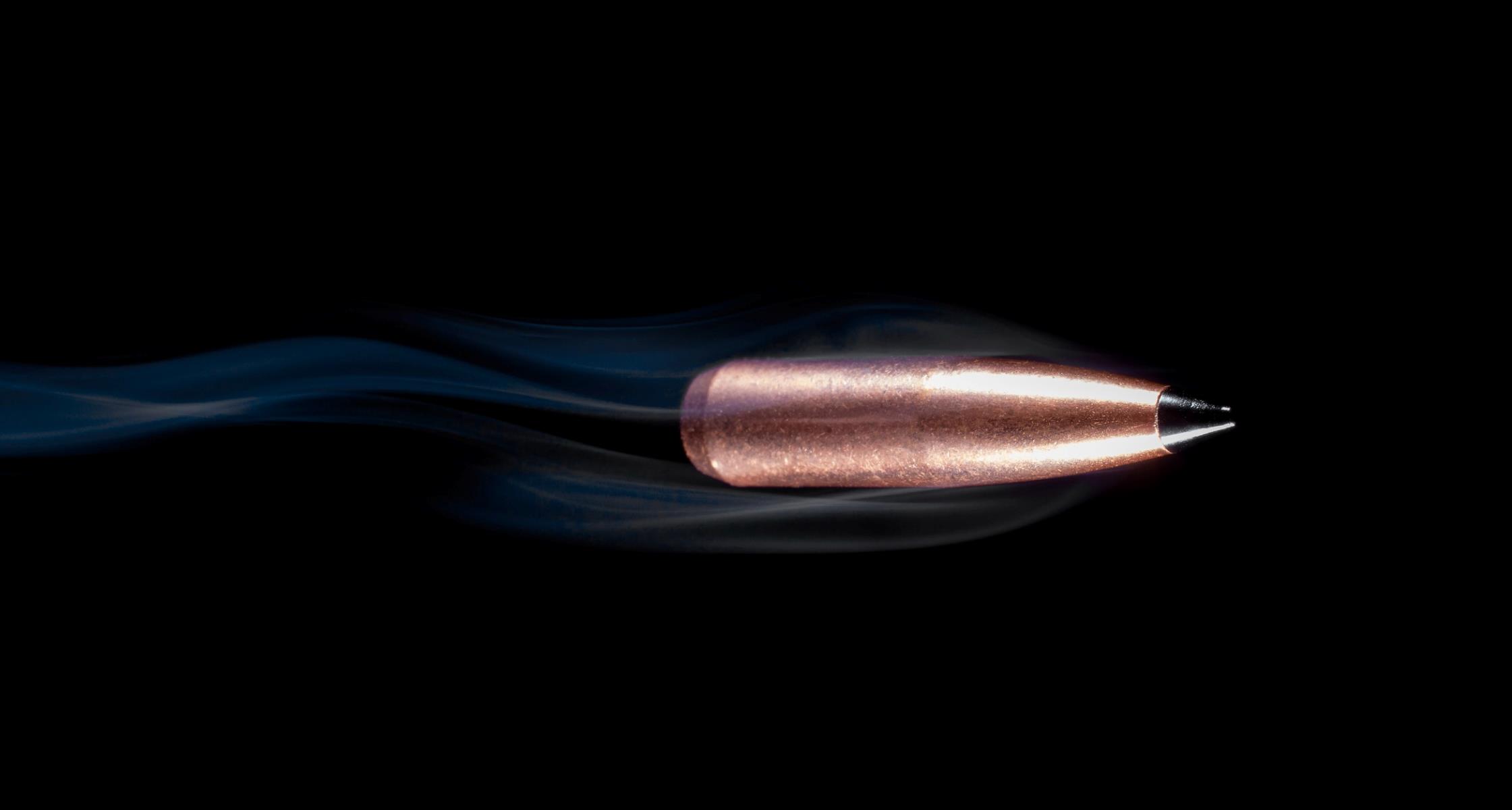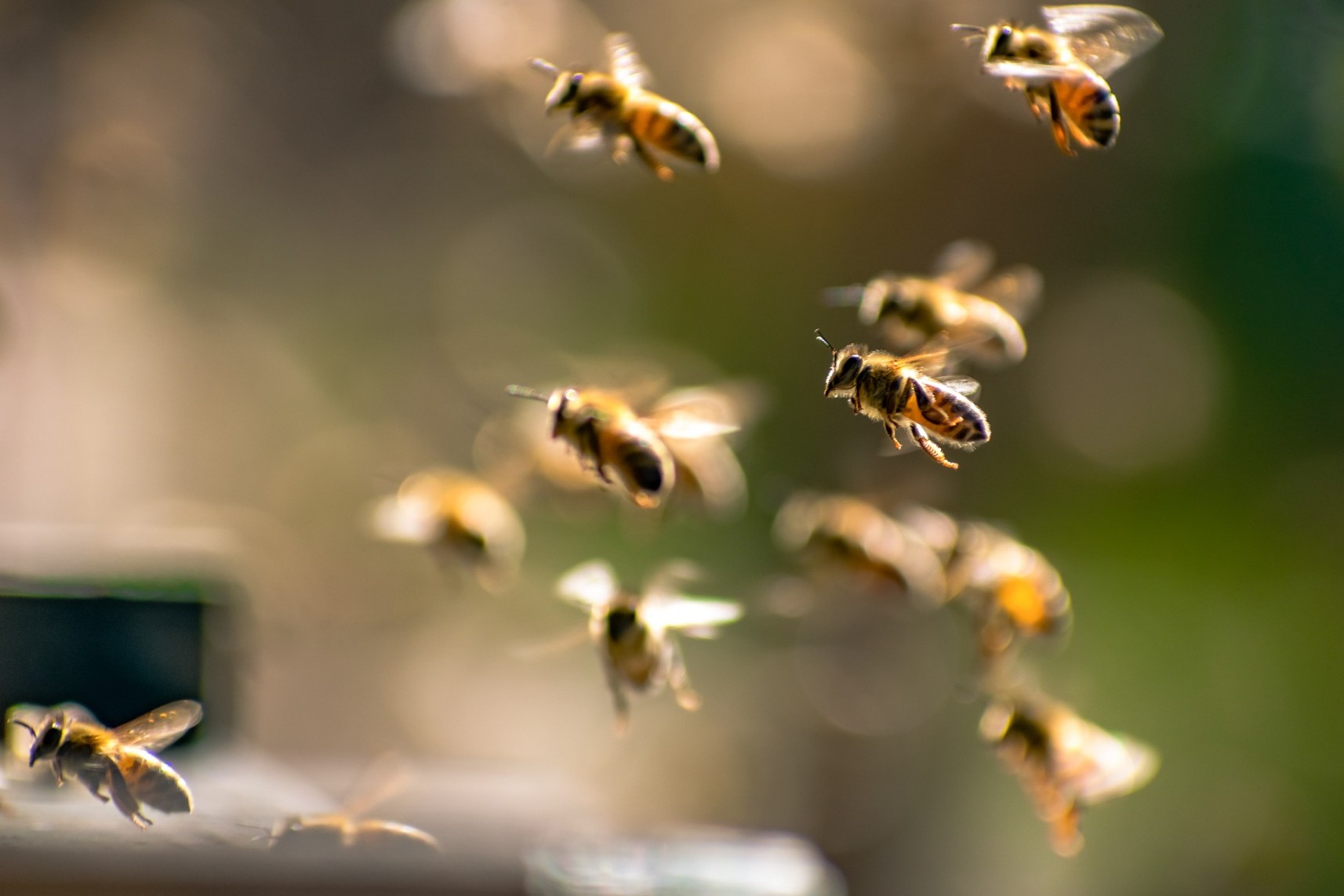Bullet Travel is always more or less a symbol of danger and destruction. Historically, weapons have always caused destruction and destroyed entire cities, families, etc. They are also utilized for self-defense, military equipment, and operations. Understanding the proper bullet travel distance function is very crucial for self-defense as well. If you are in any particular force, it may also help you out.
As we know that on the one hand, bullets from guns are very beneficial for us in terms of self-defense, protecting our country, and many other reasons as well.
So in this article, we will discuss some unknown details of bullets, how we can use them beneficially instead of harming their properties, how to use them, what is written to use them, how far a shot will travel, and the benefits of different types and angles to use a bullet. This article also gives you basic knowledge of guns, ammunition, etc.
So let’s start and explore some news regarding how far a bullet will travel and an exciting topic for weapons lovers. So,, start this topic and unfold the information.
Bullet Ballistics
How far a bullet travels is known as ballistics, to study the travel distance. Understanding the fundamentals of ballistics is crucial to understanding the bullet’s length of travel, so we should consider ballistics. Here are some primary forces that affect the travel distance of a bullet or trajectory muzzle velocity, gravitational forces, air resistance, and wind are some factors that influence the path of bullets.
Although initial velocity, which is fundamental, is muzzle velocity and plays a significant role in the trajectory of the bullet Bullet ballistics refers to the science and study of how bullets behave in flight. It encompasses various factors that affect a bullet’s trajectory, including muzzle velocity, bullet weight, ballistic coefficient, and environmental conditions. When a bullet is fired, it leaves the barrel of the firearm with a certain velocity, known as the muzzle velocity. As the bullet travels through the air, it is subjected to the forces of gravity, air resistance, and wind. These factors cause the bullet to gradually lose velocity and drop in its trajectory.
The bullet’s weight and shape, as represented by its ballistic coefficient, play a crucial role in determining its aerodynamic performance and how it interacts with the air. Additionally, environmental conditions such as temperature, humidity, and altitude can influence the bullet’s flight path. By understanding bullet ballistics, shooters and ballisticians can make adjustments to their aim and equipment to compensate for these factors and improve accuracy at different distances.
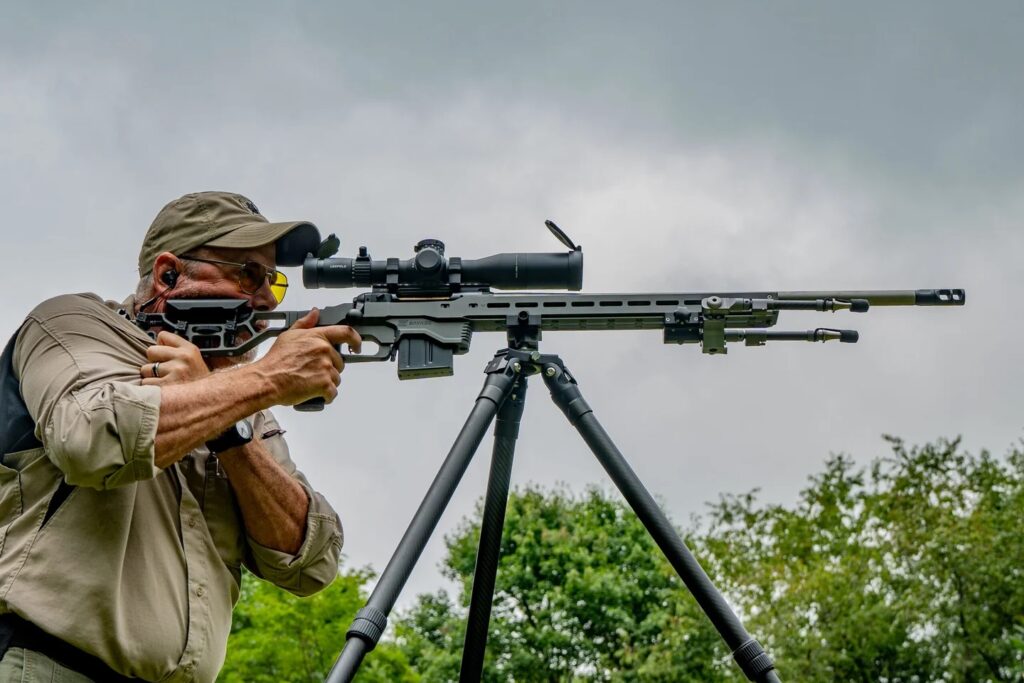
What Distinguishes The Most Fantastic Range From The Practical Range?
The furthest a bullet can travel is known as its maximum range. Its good content is the farthest you can expect a shot to travel before hitting its target. Can anyone switch a six-point buck from a mile out, even though specific bullets can travel that distance?
Although you may have that goal in mind, your failure is more likely. What kind of harm would the projectile cause even if you could hit the animal from a distance of two miles? With much of its vitality gone, it needs to move more quickly.
When determining the effective maximum range, consideration must also be given to the impact the bullet will or may have at that distance. The result of the shoot counts whether you’re referring to a close-range protection scenario in which a longer barrel length is not feasible, a hunting chance where the target creatures are disconnected, or a qualifying shot in a competition.
Additionally, it explains why it is vital to understand all of the parameters that affect the length that an arrow will fly.
One can start looking for ammunition that helps mitigate those forces as you better understand the shooting area and the natural factors you can encounter, such as wind, temperature, rain, etc. Doing this will increase the maximum range and accuracy for every shot.
Factors That Influence The Bullets
Here are so many types of bullets that have different shapes. They are affected by some factors. The bullet’s potency and how far, quickly, and forcefully it moves. Round muzzleloader balls, conical rounds from contemporary firearms, and shots from a gun are all examples of bullet shapes. Here are some factors that follow
Several factors influence the travel of bullets and their trajectory. Understanding these factors is essential for shooters to make accurate shots at different distances. The first important factor is the muzzle velocity, which is the speed at which the bullet leaves the firearm’s barrel. A higher muzzle velocity generally results in a flatter trajectory and longer effective range. The ballistic coefficient is another crucial factor that represents a bullet’s ability to overcome air resistance.
Bullets with higher ballistic coefficients have better aerodynamic efficiency, retain velocity better, and have improved long-range performance. Bullet weight and shape also play a role, as longer, streamlined bullets tend to be more aerodynamically efficient and perform better at longer distances. Wind is a significant external factor that can cause the bullet to travel off course, so shooters must account for wind speed and direction.
Elevation and gravity affect the bullet’s trajectory, with increased elevation leading to greater bullet drop due to the effects of gravity. Temperature and air density impact the air resistance encountered by the bullet, with warmer temperatures and lower air density allowing the bullet to retain velocity better. The barrel length of the firearm can also influence bullet velocity, as longer barrels generally provide higher muzzle velocities. Finally, the bullet’s spin, imparted by rifling in the barrel, stabilizes it in flight, ensuring accuracy over longer distances. Overall, understanding and considering these factors are crucial for shooters to make accurate adjustments and successfully engage targets at various distances.
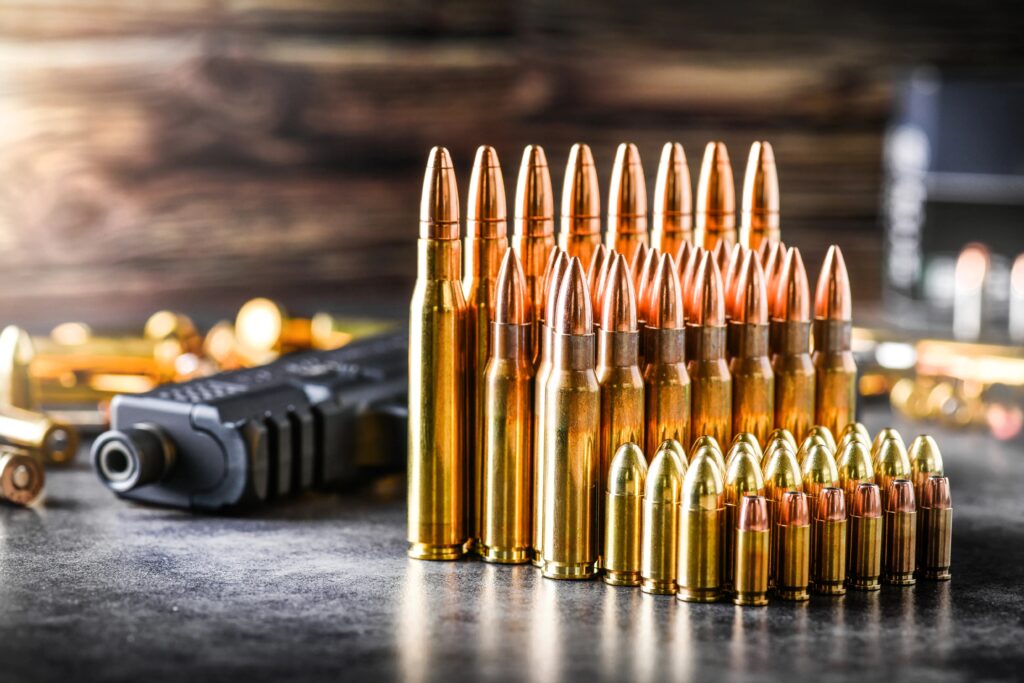
1. Muzzle Velocity
The initial velocity of a bullet traveling after pushing the trigger is known as muzzle velocity. It determines many factors, like ammunition, propellant charge, barrel length, and firearm design. So muzzle velocity is directly proportional range of bullets; the more muzzle velocity, the more the coverage of shells, and vice versa. An initial velocity also contributes to the overall momentum of the shots.
2. Weight Of The Bullet
The weight of the bullet is inversely proportional to air resistance, which maintains the velocity during flight. The heavier the shell tends, energy it retains much better, so continue before stopping up. Yet, too much weight may also result in more significant drag, which would shorten the actual range and dramatically influence It is known that weight considerably affects the path of bullets.
3. Coefficient Of Ballistic
The coefficient is used to overcome the resistance of air or its ability to reduce it. It is affected by the bullet’s aerodynamic design, sectional density, and form. A shot has a higher density. So we conclude that the ballistic coefficient is directly proportional to the aerodynamic properties and ultimately less drag, which causes smooth travel of the bullet.
4. Drag Forces (Air Resistance)
The air resistance is also known as the drag force, the initial or primary motion that opposes a bullet’s motion in the air. Drag troops act as the friction on the shot. Bullets can sustain velocity and cover farther distances by reducing drag with aerodynamic forms and a robust Ballistic coefficient.
5. Gravity
Gravity plays a significant role in dropping the bullet to the ground. When we fire a bullet from a gun, the bullet’s trajectory falls downwards. As the time of the shoot increases, the gravity gradually increases, which causes the shell to fall to the ground.
6. Wind
Bullet travel direction and distance are significantly influenced by wind. Crosswind can make the bullet veer off course, changing its trajectory and lowering precision and length. The amount of wind drift is controlled by the bullet’s form and mass and the wind’s velocity, orientation, and regularity.
7. Climate Factors And Height
The efficiency of bullets can be impacted by altitude and meteorological factors like relative humidity, temperature, and air density. Since air density is typically lower at higher elevations, there may be less drag and more better bullet travel range. On the other hand, bad weather, such as high humidity levels or high temperatures, may impact the performance and stability of bullets.
8. End-Of-Range Ballistics
The term “terminal ballistics” describes how a bullet travels and behaves when it strikes a target. The bullet’s capacity to pierce and maintain its path through diverse media, such as obstacles or different tissue densities, can be influenced by its design, development, and transfer of energy attributes. Compared to bullets designed for maximum penetration, those intended for expanding or disintegration upon contact may lose energy more quickly and have a shorter range.
What Is The Maximum Range Of A.22 Bullet?
A bullet with a 22 mm may travel 2,000 meters. Nevertheless, it only possesses a 300-yard practical radius. The elements we’ve examined will influence the outcome. A.22 caliber bullet travel is significantly impacted by weather conditions. Because of the size of it, the projectile is light, and smaller objects are more affected by wind. So wind is also an essential factor.
Additionally, their lower bulk makes them more susceptible to the effects of rain and other natural factors. Another area for improvement is where you fire the bullet travels from. Compared to much.22 pistols, a.22 rifles will have a longer helpful range. The efficiency of the projectile will also be influenced by its production parameters, including its shape, kind of powdered form, the diameter of the enclosure, and others.
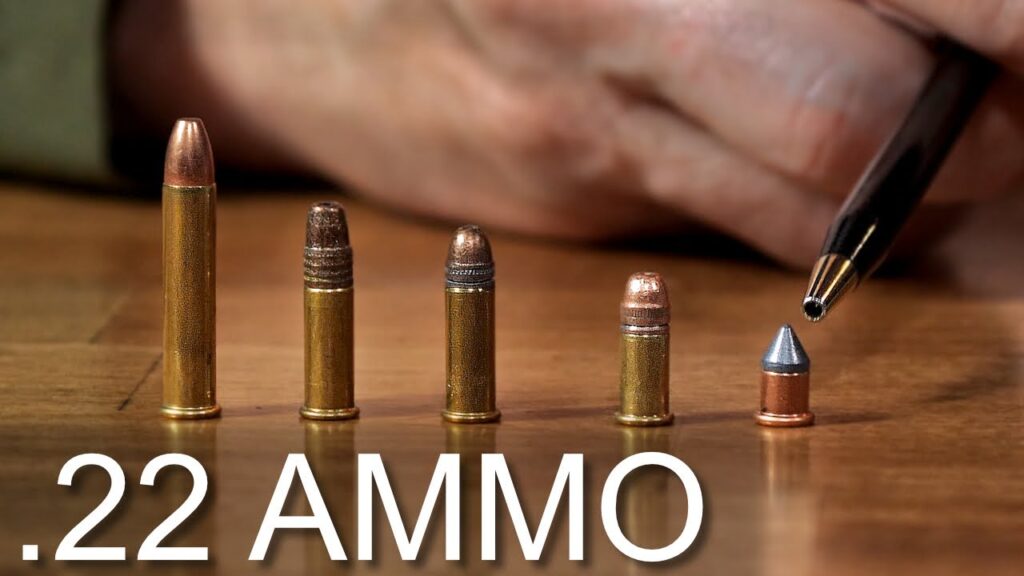
Bullets That Have Maximum Ranges
There are several types of bullets that are known for their long maximum ranges. One such bullet is the .338 Lapua Magnum, which is a high-powered rifle cartridge often used by military and law enforcement snipers. It is renowned for its long-range capabilities, with an effective range that can exceed 1,500 meters (1,640 yards). Another notable bullet is the .50 BMG (Browning Machine Gun) cartridge. This large-caliber round is primarily used in heavy machine guns and sniper rifles and is capable of engaging targets at ranges over 1,800 meters (1,968 yards) or even greater distances.
Additionally, the 7.62x51mm NATO cartridge is a standard rifle round employed in various military rifles, including the M14 and the popular M24 Sniper Weapon System. While its effective range can vary, it generally falls within the range of 800 to 1,200 meters (875 to 1,312 yards), making it suitable for engaging targets at longer distances. It’s important to note that the maximum range of a bullet is influenced by factors such as the type of weapon, ammunition, barrel length, and environmental conditions.
1. The 338 Lupa Magnum
These types are usually used in military training and applications. They have excellent muzzle velocity, allowing high ranges and ballistic coefficients.
The .338 Lapua Magnum has a significant bullet travel distance, making it effective for engaging targets at extended ranges. The exact distance a .338 Lapua Magnum bullet can travel depends on various factors, including the specific load, bullet weight, barrel length, and environmental conditions.
On average, the effective range of a .338 Lapua Magnum cartridge can exceed 1,500 meters (1,640 yards). Skilled marksmen using high-quality rifles and ammunition have successfully engaged targets at distances well beyond 1,500 meters, approaching and sometimes exceeding 2,000 meters (2,187 yards).
2. 50 Borrowing Machine Gun
It has a potent cartridge, primarily used in heavy machine guns and long snipers. It has outstanding long-range capability because of its bulk and high muzzle velocity.
The .50 BMG is a large-caliber cartridge primarily used in heavy machine guns and sniper rifles. It is known for its incredible power and long-range capabilities. The effective range of the .50 BMG cartridge can exceed 1,800 meters (1,968 yards) and is capable of engaging targets at even greater distances.
In fact, the .50 BMG has been used by military snipers and anti-materiel rifles to engage targets at ranges of 2,000 meters (2,187 yards) and beyond. It’s important to note that the exact bullet travel distance can vary depending on factors such as the specific load, bullet weight, barrel length, and environmental conditions.
3. 6.5 Creedmoor
It has excellent velocity ballistic coefficients, which means good accuracy as well. It provides a compromise between controllable blowback and distant effectiveness.
The 6.5 Creedmoor cartridge has a favorable combination of a high ballistic coefficient, moderate recoil, and effective terminal ballistics. These factors contribute to its ability to achieve impressive bullet travel distances.
On average, the effective range of a 6.5 Creedmoor cartridge can reach beyond 1,000 meters (1,093 yards) with good accuracy. Skilled marksmen have achieved hits on targets up to 1,500 meters (1,640 yards) and beyond using this cartridge.
The exact bullet travel distance achievable with the 6.5 Creedmoor depends on several factors, including the specific load, bullet weight, barrel length, and environmental conditions. The cartridge’s inherent accuracy and consistent ballistics make it well-suited for engaging targets at extended ranges.
4. .300 Winchester Magnum
The 300 Winchester Magnum is a well-liked choice for hunting and long-range shooting because of its adaptability. It is appropriate for various applications due to its incredible velocity while firing high-BC rounds.
The .300 Winchester Magnum cartridge offers impressive bullet travel distances. On average, it has an effective range that can exceed 1,000 meters (1,093 yards) with good accuracy. Skilled shooters have achieved hits on targets at even greater distances, pushing beyond 1,500 meters (1,640 yards) and beyond.
The exact bullet travel distance achievable with the .300 Winchester Magnum depends on several factors, including the specific load, bullet weight, barrel length, and environmental conditions. The cartridge’s high muzzle velocity and excellent ballistic characteristics contribute to its ability to maintain energy and accuracy over long distances.
Does A Centerfire Bullet Fly Far?
For a rifle, the effective range decreases by 150 meters or 450 feet, and for a pistol, by approximately fifty yards. 380 is a lot smaller than a 9 mm bullet. With a long-range effectiveness of 50 feet and a more precise range of roughly 25 feet, the.380 projectile is regarded as a moderate-powered, low initial velocity handgun cartridge.
Although the optimal distance varies depending on barrel width, you can anticipate a spread of 7–10 miles. Not quite a full mile, 5.56/.223 or 85 miles. The distance that can be covered is effectively 400–500 yards or a thousand feet.
Yes, centerfire bullets are capable of flying long distances. Centerfire ammunition is typically used in rifles and handguns, offering higher velocities and longer effective ranges compared to rimfire ammunition. The specific distance a centerfire bullet travels depends on various factors, including the cartridge, bullet design, muzzle velocity, and external conditions.
High-powered rifle cartridges, such as the .308 Winchester, .30-06 Springfield, or .338 Lapua Magnum, are known for their long-range capabilities. These cartridges are commonly used for precision shooting and can accurately engage targets at distances exceeding 500 meters and sometimes even beyond 1,000 meters.
The bullet’s ballistic coefficient, muzzle velocity, and aerodynamic characteristics all influence its ability to maintain velocity and overcome air resistance. Bullets with higher ballistic coefficients, streamlined shapes, and higher muzzle velocities tend to retain their velocity better and have longer effective ranges.
However, it’s important to consider that external factors like wind, gravity, air density, and atmospheric conditions can affect the bullet’s trajectory and limit its effective range. These factors cause the bullet travel to experience drop, drift, and slower velocities as it travels further.
Overall, while centerfire bullets have the potential to fly far, the specific distance they can travel accurately depends on a combination of factors, including the cartridge, bullet travel design, muzzle velocity, external conditions, and the shooter’s skill.
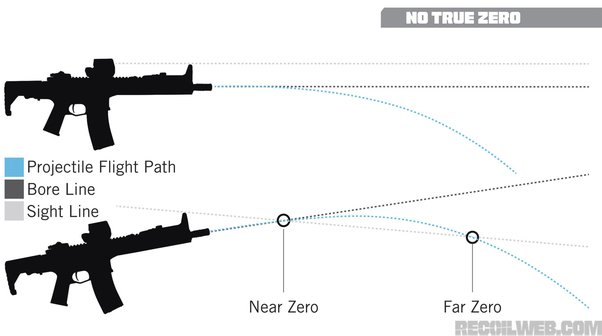
Conclusio: Bullet Travel
Several factors influenced the bullet’s travel, such as muzzle velocity. Drag forces, bullet weight, ballistic coefficient, wing, height, and atmospheric conditions. Although mathematically speaking, bullets can go a great distance, the actual range is influenced by precision, bullet travel drop, and intended purpose.
Bullet travel, It’s crucial to comprehend these elements to handle firearms safely and responsibly. To maximize the power and range of bullets while abiding by legal and ethical requirements, adequate instruction and trajectory understanding are essential.
In addition, individuals can also adopt the hobby of shooting bullets, guns, etc. Individuals also make awareness campaigns on guns and shootings, and show positive aspects of weapons, so people should use them correctly and appropriately.


